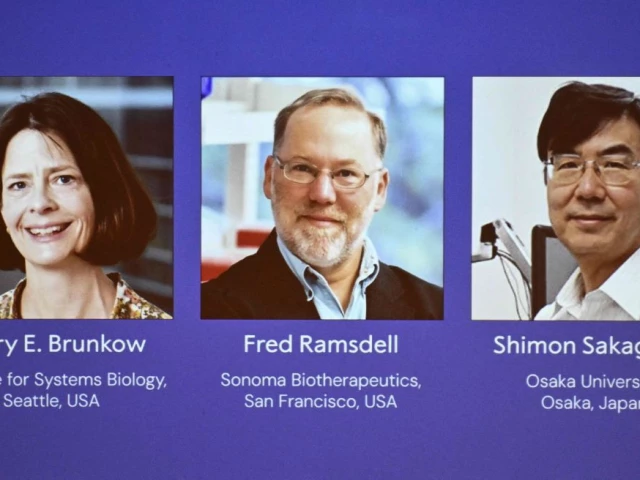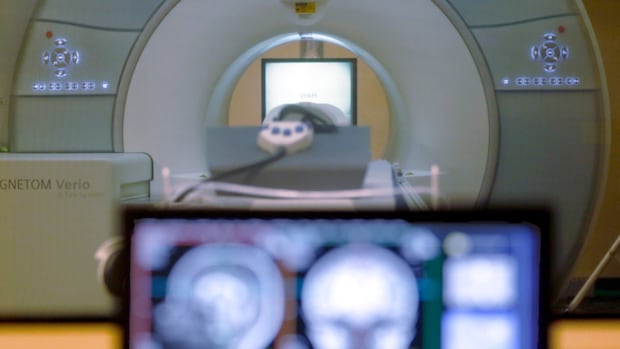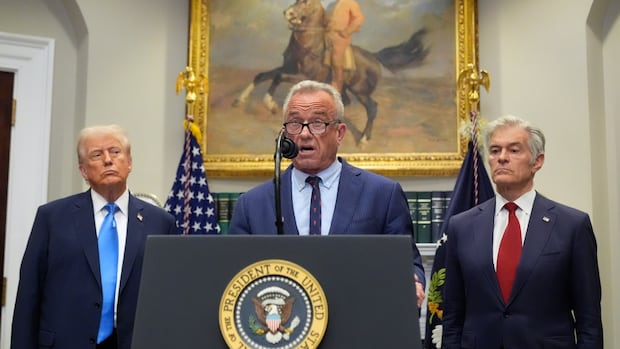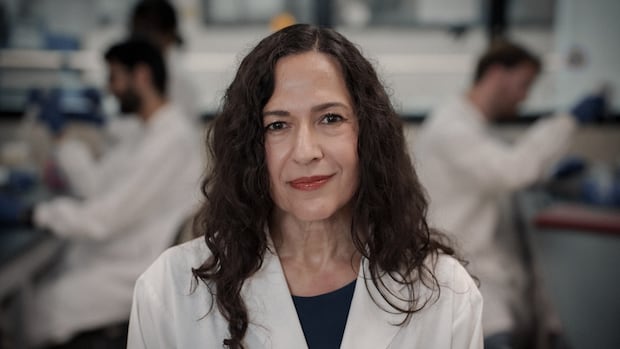A Japanese immunologist and two American scientists shared the Nobel Prize in physiology or medicine Monday for fundamental discoveries about how the immune system keeps itself in check, preventing itself from attacking and destroying the body’s cells. The winners were Mary E. Brunkow, a senior program manager at the Institute for Systems Biology in Seattle; Fred Ramsdell, an immunologist and co-founder of Sonoma Biotherapeutics in San Francisco; and Shimon Sakaguchi, an immunologist at Osaka University in Japan.
This year’s prize is for fundamental research about a basic question intricately connected to human health: How does the immune system fight a vast repertoire of external pathogens and diseases but not mistakenly attack our own cells?
Advertisement Advertisement
Advertisement
Advertisement Advertisement
Human health hinges on this delicate balance, and when it goes awry, it can have harmful results — as happens in Type 1 diabetes, where the immune system destroys insulin-producing cells, or in rheumatoid arthritis.
The laureates’ work shed light on a class of immune cells called “regulatory T cells,” which the Nobel committee compared to security guards for the immune system. While the work has not directly led to therapies yet, it helps illuminate principles of how the immune system works that could be harnessed to explore new therapies for autoimmune diseases.
“This Nobel Prize demonstrates how immunology is central to medicine and human health. The ability to harness, modulate, or restrain immune responses holds promise across a vast range of diseases — from autoimmune conditions to cancer, allergies, infectious disease, and beyond,” Uli von Andrian, president of the American Association of Immunologists said in a statement.
Advertisement
Scientists and companies are now working to turn this basic knowledge into therapies. One approach is to increase the production of these T cells to make organ transplants safer, preventing the immune system from rejecting the new organ. Alexander Rudensky, an immunologist at Memorial Sloan Kettering Cancer Center who previously shared the Crafoord Prize in Polyarthritis with Sakaguchi and Ramsdell in 2017 said that the award was “a great recognition for the field.” Rudensky is a co-founder of Sonoma Biotherapeutics with Ramsdell and said that while an initial emphasis has been developing a new treatment for rheumatoid arthritis, there is potential across a wide range of autoimmune disorders, neurodegenerative disease and cancer.
Advertisement Advertisement
“There is quite a lot of development going on, but it is still early studies,” Olle Kämpe, chair of the Nobel Committee for Physiology or Medicine, said while announcing the winners at a news conference in Stockholm.
The Nobel committee was able to reach only one of the scientists by phone before the award announcement, which takes place in the late morning in Sweden.
Advertisement
Sakaguchi, who was at work in his laboratory, called the award a “pleasant surprise” in a phone interview for the Nobel Prize website. Brunkow, based in Seattle, saw a call from a number in Sweden early in the morning but turned her phone off, assuming it was spam. She woke up when she heard her husband talking to someone on the front porch — a reporter who knocked on their door. Sakaguchi, Brunkow and Ramsdell did not immediately respond to messages from The Washington Post.
The laureates’ work began in 1995, when Sakaguchi discovered that the immune system was more complex than previously recognized. Before, researchers had believed that an organ called the thymus removed immune cells, called T cells, that could target a person’s cells. As predicted, when baby mice had the thymus removed, they developed autoimmune disease.
Advertisement Advertisement
Advertisement Advertisement
But when Sakaguchi injected mature T cells from other mice, their immune systems did not attack their bodies. That suggested the presence of an as-yet-undiscovered set of immune cells that accounted for immune self-tolerance.
Advertisement
Working together at the biotech company Celltech Chiroscience in Bothell, Washington, Brunkow and Ramsdell studied “scurfy” mice, a mutant strain in which some males lived only a few weeks, with skin that flaked off and an enlarged spleen and lymph nodes. The scurfy mice were maintained in a mouse colony at Oak Ridge National Laboratory. Figuring out the causative gene mutation behind their autoimmune disorder was considered a proof-of-concept, recalled Steven Ziegler, an immunologist who hired Brunkow and Ramsdell at a biotech company called Darwin Molecular that was later acquired by Chiroscience.
“I left, but Fred and Mary persisted — and the rest is history,” Ziegler said. “I’m not surprised that the area got a Nobel; it’s basically changed how we view the immune system.”
With the technology of the 1990s, finding the gene mutation was not trivial, but it was known to be on the X chromosome. Brunkow and Ramsdell discovered the gene with the mutation and named it Foxp3. Then, studying boys who suffered from a rare autoimmune disease called IPEX, they were able to find mutations in the same gene that caused scurfy mice.
Advertisement Advertisement
Advertisement
Sakaguchi showed that this gene controlled the production of the regulatory T cells that keep the immune system at bay.
The three winners will split the prize, 11 million Swedish kronor, or nearly $1.2 million.
Nobel Prizes can be awarded to up to three people and have been criticized at times because the limit does not reflect the teamwork behind how science moves forward. Some scientists questioned why Rudensky was not included in the prize.
[SRC] https://www.washingtonpost.com/health/2025/10/06/nobel-prize-physiology-medicine-immune-system/
 Visit the website
Visit the website







